![]()
![]()
![]()
Use LEFT and RIGHT arrow keys to navigate between flashcards;
Use UP and DOWN arrow keys to flip the card;
H to show hint;
A reads text to speech;
8 Cards in this Set
- Front
- Back
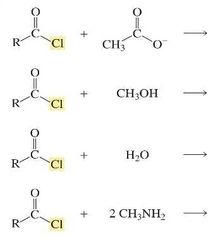
Acyl halides - most reactive carboxylic acid derivative - generates any of the derivatives (16.8) See Section 16.21 on how to generate these active compounds... |
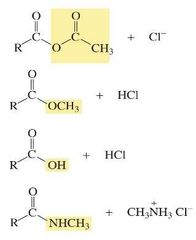
|
|

Acid Anhydrides - second most reactive carboxylic acid derivative - generates any of the derivatives except acyl halides |
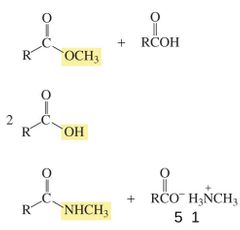
|
|
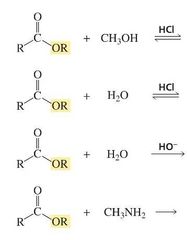
Esters - prevalent compounds in nature and the lab due to their lower reactivity (16.10 - 16.13) To react, require acid-catalyst or OH-promotion, or good Nu: (amines) |
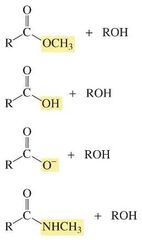
|
|
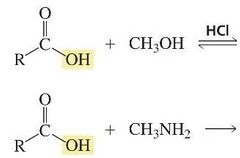
Carboxylic acids - prevalent compounds in nature and the lab due to their lower reactivity |
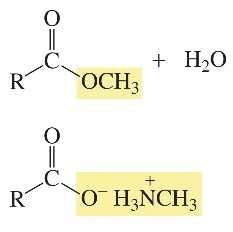
|
|
|
Fischer esterification |
acid-catalyzed generation of ester from alcohol and carboxylic acid - requires an excess of alcohol Reaction with amines - irreversible reaction - combination of an acid and a base yields an ammonium carboxylate salt |
|
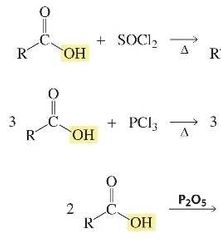
Carboxylic Acids (continued) - Remember carboxylic acids are not reactive because they have a poor leaving group…. convert it into a good leaving group and they will react |
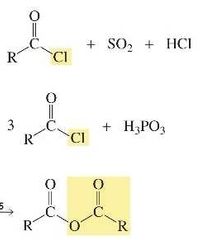
|
|

Carboxylic activation - in biological cells … |

|
|
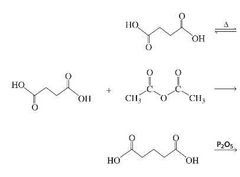
Dicarboxylic dehydration - generation of cyclic anhydrides (16.23) |
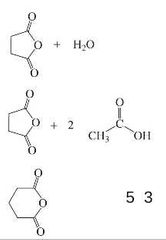
|

